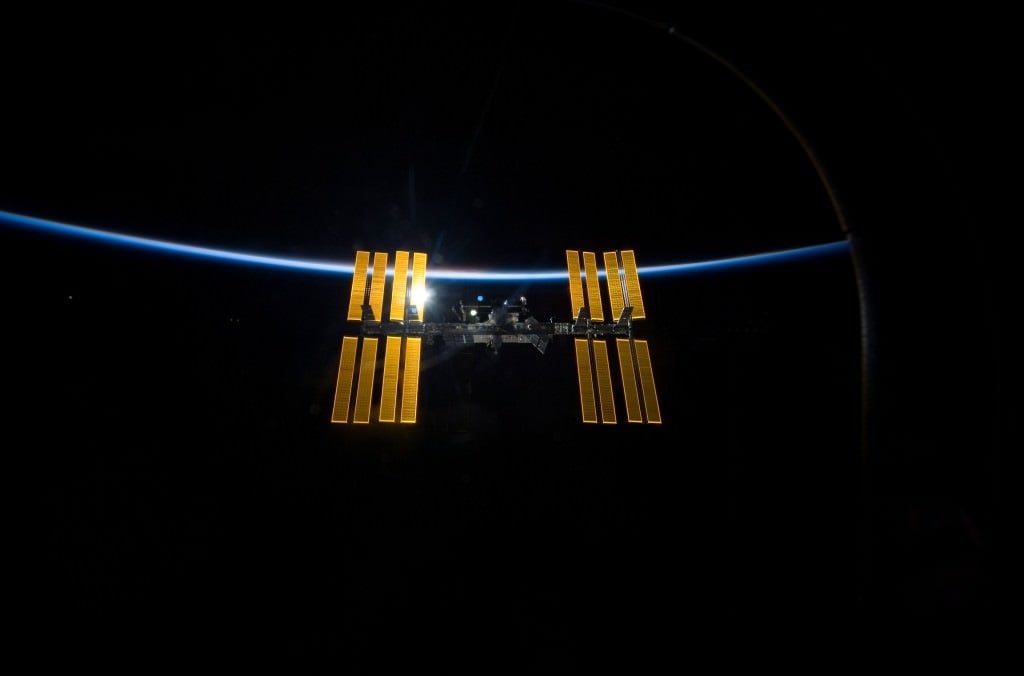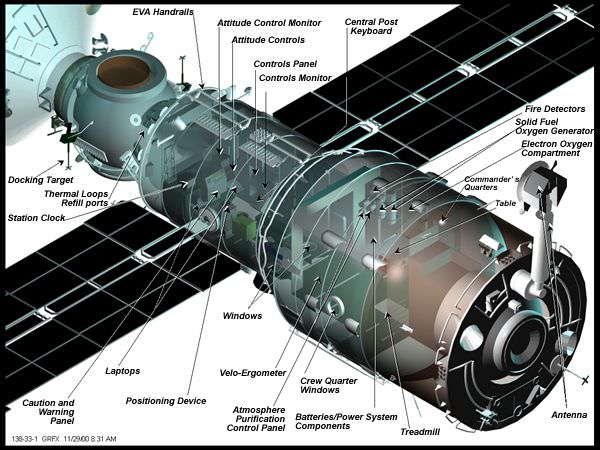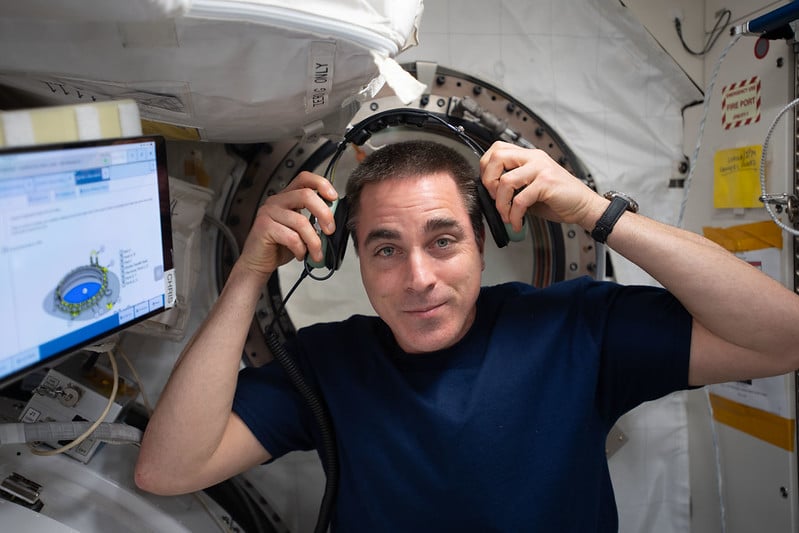On Tuesday, Sept. 29th, the Russian State Space Corporation (Roscosmos) announced that astronauts aboard the International Space Station (ISS) had found the source of a suspected leak. The crew of Expedition 63 - NASA astronaut and Commander Chris Cassidy and Russian cosmonauts Anatoly Ivanishin and Ivan Vagner - had been searching for this leak since August, and determined that it was "beyond expected levels."
Roscosmos also said in a statement that "it was established that the spot is located in the Zvezda (star) service module, which contains scientific equipment." They also emphasized that the leak "is not dangerous for the life and health of the ISS crew and does not prevent the ISS continuing manned flight." Nevertheless, the amount of atmosphere lost may require additional oxygen to be pumped into the station.
The leak was isolated overnight on Monday (Sept. 28th) thanks to the efforts of the crew and analyses conducted by mission control teams on the ground. It began with leak checks that were conducted in the US segment of the station, which included the US, European and Japanese modules. Commander Cassidy, Ivanishin, and Vagner were then instructed to move into the Russian segment to collect data from various locations.
They proceeded to close Zvezda's fore and aft hatches and passageways that connect to other modules, then used an ultrasonic leak detector to collect data. Meanwhile, US and Russian specialists took pressure measurements throughout the night to try and isolate the source of the leak. Once that was done, the crew opened the hatches once again between the US and Russian segments and resumed their normal activities.
The size of the leak has since been attributed to a temporary temperature change aboard the station, but the overall rate of leak has apparently remained unchanged. Sergei Krikalyov, the executive director of Russia's manned space programs, emphasized that it would take some time to find it, but that the ISS always has slight air loss due to the air purifying system:
"These leaks are predictable. What's happening now is more than the standard leakage and naturally if it lasts a long time, it will require supplies of extra air to the station... [The source is] not for sure. We have time. The leak exists of course. It's not good that it's there, but it's not critical."
Since then, Roscosmos has released new information, saying that they had isolating the leak location further. According to their latest results, it's located in the transfer chamber - one of four sections in the Zvezda Service Module. They also reaffirmed that the "leak poses no immediate danger to the crew at the current leak rate and will result in only a slight deviation to the crew's schedule."
This not the first time that astronauts aboard the ISS have had to contend with leaks to the station. In August of 2018, the crew members of Expedition 56 found a hole in the wall of a Russian-made Soyuz space capsule that had docked with the ISS. While Roscosmos announced in 2019 that it has determined the source of the leak, they have not yet made the information public.
In the meantime, the ISS received an uncrewed Cygnus cargo craft over the weekend that launched from NASA's Wallops Flight Facility in Virginia. This cargo includes a new space toilet - the Universal Waste Management System (UWMS) - and a number of scientific experiments and technology demonstrators designed to advance everything from medicine to nutrition in space.
These include the Ammonia Electrooxidation experiment, which can turn ammonia into drinking water and electricity; the Plant Habitat-02 experiment, which will grow radishes aboard the ISS; the Onco-Selectors investigation, which will test cancer treatments in microgravity; a 360-degree camera that will record footage for NASA's VR ISS Experience; and the Rhodium Space Rhizosphere experiment that will test how different types of soil fare in microgravity.
The ISS crew is also awaiting the upcoming launch of the Expedition 64 astronauts that will be replacing them aboard the station. This crew will consist of cosmonauts Sergey Ryzhikov (Commander) and Sergey Kud-Sverchkov (flight engineer 2), and NASA astronaut Kate Rubins (flight engineer 1). All are currently at the Baikonur Cosmodrome in Kazakhstan and preparing for launch on Wednesday, Oct. 14th.
*Further Reading: Phys.org*
 Universe Today
Universe Today



